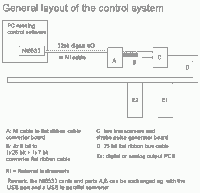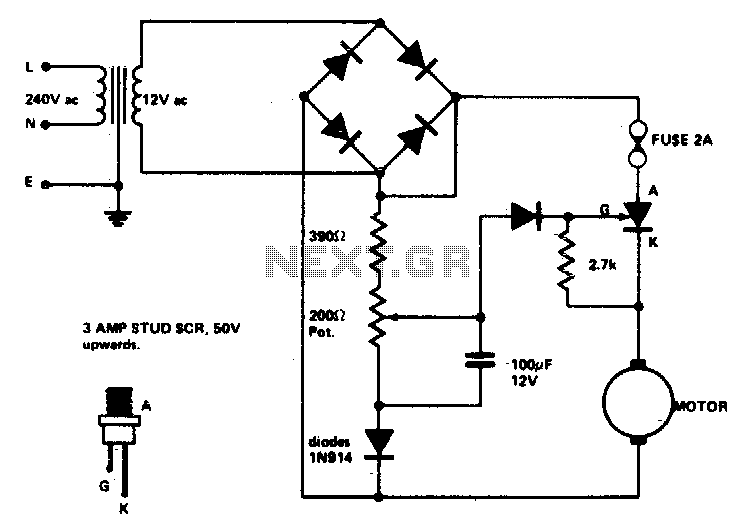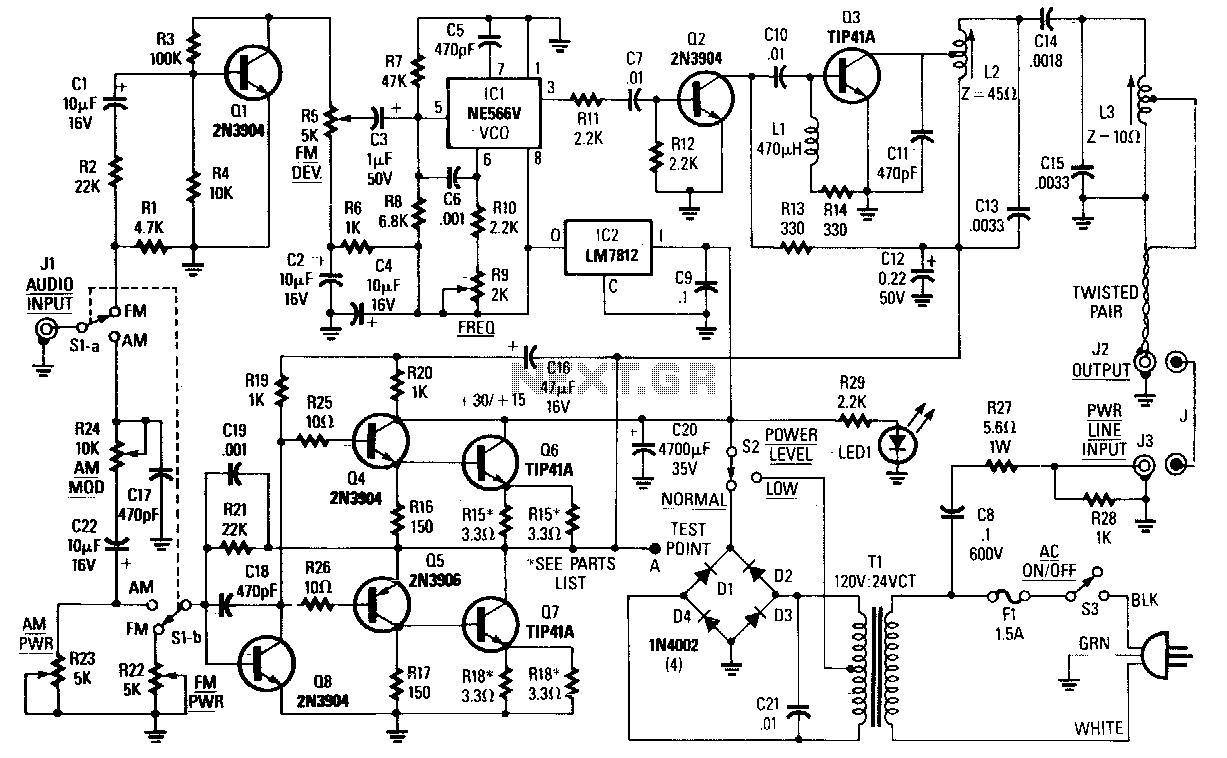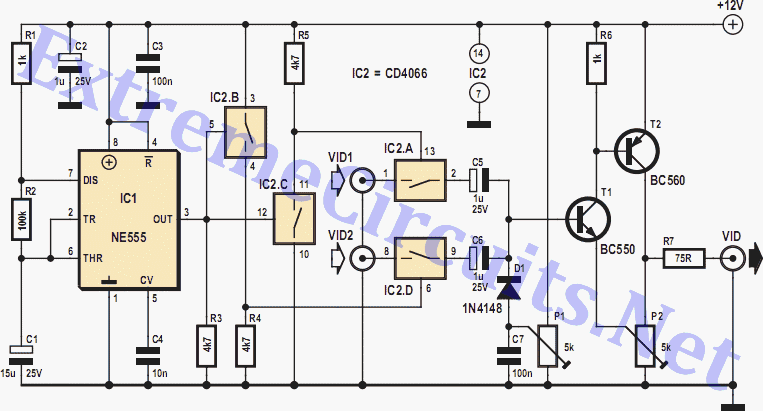
Homemade GSM Car Security System
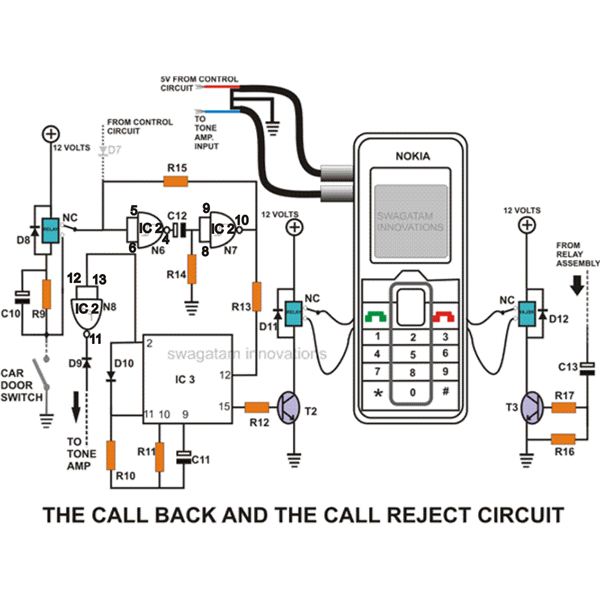
This homemade GSM car security system features a straightforward circuit design that effectively operates as a GSM car security system.
The homemade GSM car security system employs a simple yet effective circuit design that integrates a GSM module, microcontroller, and various sensors to enhance vehicle security. The primary components of the circuit include a GSM module, which facilitates communication via SMS, a microcontroller to process signals and manage the system, and sensors such as motion detectors or door sensors to detect unauthorized access.
The GSM module, typically an SIM800 or similar, is responsible for sending alerts to the vehicle owner via SMS when a security breach is detected. The microcontroller, often an Arduino or PIC, serves as the central processing unit, interpreting signals from the sensors and executing predefined actions based on the input received.
When a sensor is triggered, the microcontroller activates the GSM module to send a notification message to the owner's mobile phone, providing real-time updates on the vehicle's status. Additionally, the system can be designed to include features such as remote engine immobilization, allowing the owner to disable the vehicle's ignition through an SMS command.
Power supply considerations are crucial for this circuit, as it must operate reliably in various conditions. A stable voltage regulator can be employed to ensure that the microcontroller and GSM module receive the appropriate voltage levels. Furthermore, the circuit can be enhanced with backup battery solutions to maintain functionality during power outages or when the vehicle is parked.
Overall, this homemade GSM car security system provides an accessible approach to vehicle protection, leveraging modern communication technology to deliver timely alerts and control features to the owner.This Homemade GSM Car Security System super simple circuit design of a GSM car security system really works.. 🔗 External reference
The homemade GSM car security system employs a simple yet effective circuit design that integrates a GSM module, microcontroller, and various sensors to enhance vehicle security. The primary components of the circuit include a GSM module, which facilitates communication via SMS, a microcontroller to process signals and manage the system, and sensors such as motion detectors or door sensors to detect unauthorized access.
The GSM module, typically an SIM800 or similar, is responsible for sending alerts to the vehicle owner via SMS when a security breach is detected. The microcontroller, often an Arduino or PIC, serves as the central processing unit, interpreting signals from the sensors and executing predefined actions based on the input received.
When a sensor is triggered, the microcontroller activates the GSM module to send a notification message to the owner's mobile phone, providing real-time updates on the vehicle's status. Additionally, the system can be designed to include features such as remote engine immobilization, allowing the owner to disable the vehicle's ignition through an SMS command.
Power supply considerations are crucial for this circuit, as it must operate reliably in various conditions. A stable voltage regulator can be employed to ensure that the microcontroller and GSM module receive the appropriate voltage levels. Furthermore, the circuit can be enhanced with backup battery solutions to maintain functionality during power outages or when the vehicle is parked.
Overall, this homemade GSM car security system provides an accessible approach to vehicle protection, leveraging modern communication technology to deliver timely alerts and control features to the owner.This Homemade GSM Car Security System super simple circuit design of a GSM car security system really works.. 🔗 External reference

